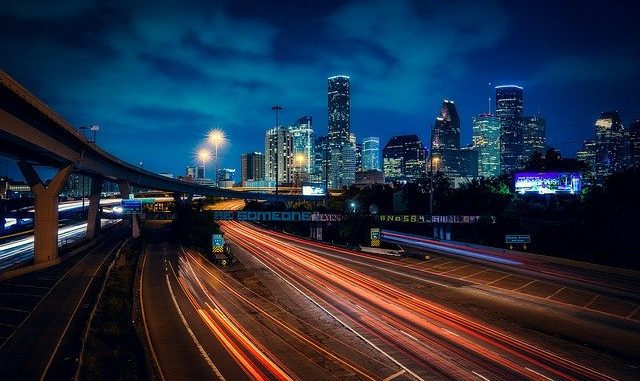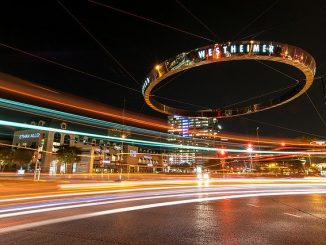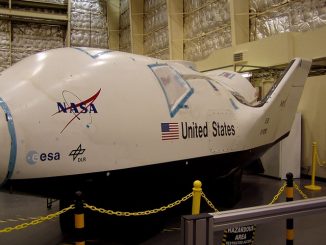
I thought these three opinions on METRO’s current focus were worth highlighting. First up are two letters to the editor in today’s Chronicle:
MARTA vs. Metro
Councilman Peter Brown is against any delay in the Metro light rail vote, saying we are “woefully behind Atlanta.” (Please see “Amid concerns, council delays rail line vote,” Page B2, Thursday.) Has he ever ridden Atlanta’s rail system (called MARTA)?If we had a system like MARTA, we wouldn’t have a majority of Houstonians against our own rail system. MARTA is grade separated, so it doesn’t stop for every red light, and never has street accidents. MARTA has real train stations, where you actually use a ticket for entry, instead of Metro’s “honor system.” MARTA has built parking garages at many stations, so commuters can drive to the closest station, park and ride to downtown. How many of us would like to use Metro light rail, but there is nowhere to park near a station? And most importantly, MARTA runs from the suburbs through downtown and to the airport.
In most cities, residents fight to get the rail system to come to their neighborhood. In Houston, we fight to keep it out. And this won’t change until Metro realizes street-level rail will never work.
STUART FELDMAN
HoustonDanger of currents
On Wednesday I earnestly asked City Council to deny Metro consent to build rail on Richmond Avenue because of the 66-inch high-pressure waterline that lies beneath 2.6 miles of Richmond Avenue, from Wheeler Station to Cummins and beyond. There is no question that the water line would be subject to stray currents produced by the rail line above it. The steel pipe cannot be fully protected from stray electrical currents, nor can it be properly inspected with the rail line built on top of it.
During Wednesday’s City Council meeting, we witnessed the remarkable appearance of Dr. Richard Wainerdi, president of the Texas Medical Center. Wainerdi graduated from the University of Oklahoma in engineering, and then took a masters and a doctorate in engineering from Penn State. Wainerdi stated he was speaking as a “professional engineer.
The Medical Center is concerned about stray electrical current eating away at their building foundations near the rail line, but they are beyond anxious about stray current opening up “pinhole leaks” in the enormous system of high-pressure steam pipes that form the backbone of the Medical Center’s heating and air-conditioning capabilities.
Wainerdi pointed out that if a pinhole leak developed in a high-pressure steam pipe, it would burst with a catastrophic blast, probably injuring or killing people nearby. Even more devastating, it would mean immediate loss of heating or cooling in the entire Medical Center, where “there are at least 800 babies in bassinets at all times.” It would make the Medical Center uninhabitable for 150,000 employees, patients and staff. Wainerdi said that for such a failure not to occur under the circumstance of stray current from the rail line, “you have to repeal the laws of physics.”
What does this have to do with Richmond Avenue? Everything. The source of the stray current is the same: the electric rail that Metro intends to build on top of 2.6 miles of high-pressure steel pipe. And the effects of that stray current on the Richmond pipe would result in precisely the catas-trophic failure and blast of the pipe that the Texas Medical Center is so anxious to avoid.
Metro and the city of Houston Engineering Department are untruthful when they state that stray current will be contained on Richmond Avenue and proper inspections of the pipeline can be achieved. How do you inspect 2.6 miles of pipeline through a few manholes placed along the route? Stray current is highly unpredictable; it can cause a pinhole leak at any point along the entire pipeline.
I urge City Council not to let Metro build on Richmond, but move the rail back to West-park, where it already owns the right of way, and where none of these problems exist.
CHRISTIAN N.SEGER
Houston
I don’t recall any local media stories highlighting Dr. Wainerdi’s appearance before City Council last week, but because of a busy week, it’s entirely possible I missed it.
Secondly, Kevin highlighted this post by Lou Minatti last week, which translated some METRO spin for us. In response to a commenter, Lou Minatti posted a comment that nicely sums up what many of us think:
So clue me in: How does Metro’s light rail plan remove cars from the roads, other than via collisions? The Red Line is a charade, and the numbers Metro touts are due to the fact that TMC employees use it to get from remote parking lots to their offices. (It’s handy during Rodeo time, though.)
Hands up: How many of you will be riding light rail once it’s expanded out to Hillcroft and out to the east side? That’s what I thought.
Light rail in low-density cities like Houston, Atlanta and Dallas is not about moving as many people as efficiently as possible from work to home to play, it is about the city promoting land development. They think that by running light rail along certain corridors that people will naturally want to live work and play along these corridors. Well, that’s great for monied DINKs with $300k townhouses and condos. The city also thinks that’s great because of the additional property taxes. Meanwhile, it doesn’t get one single person in Sugar Land, Katy, Woodlands, Pasadena or west Houston off the road. The light rail lines benefit a tiny handful of inner-loop residents (and property developers) at the expense of all of us. You 1 million people up along FM 1960, do you enjoy paying your 1 percent Metro sales tax despite having NO SERVICE WHATSOEVER?
The only thing I would add is that there is bus service along FM 1960 between Kuykendahl and SH 249. I’ve been meaning to take pictures of all the bus stops along that westbound stretch to highlight how METRO treats the folks who have to ride the 86. Generally speaking, the bus stops consist of a METRO sign and a small square of concrete. One or two have benches, and a couple have trash receptacles. None has a mural covered shelter. About the only shelter any of these bus stops have is a nearby tree or the overhang of a nearby business.
But hey! I’ll bet inner loop residents will enjoy their new light rail stations.



